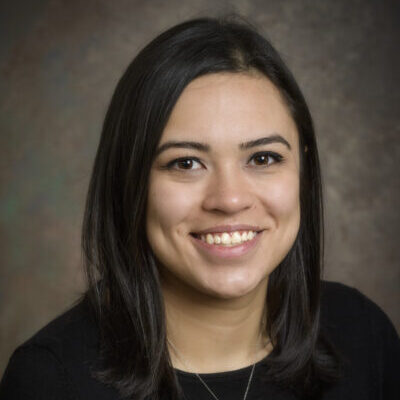BME PhD Candidate Jamie M. Benson will be defending her dissertation:
TITLE
Clarifying Cartilage Mechanics During Contact, Separation, and Migration
Where:
- Location: Ammon Pinizzotto Biopharmaceutical Innovation Center
- Room #: 140 A/B
- Zoom Link: https://udel.zoom.us/j/94905422092
- Password: CARTILAGE!
- Date: December 20th, 2022
- Time: 11:00 AM
- Committee: David L. Burris (Chair), Christopher Price, Dawn M. Elliott, Elise A. Corbin
ABSTRACT
The function of cartilage joint surfaces is entirely dependent on the hydration of the tissue under load. Under static applied loads cartilage continuously loses interstitial fluid, hydration and function over time. When the joint operates within these conditions for extended periods of time, it leads to the degradation of cartilage and the onset of osteoarthritis (OA). Colloquially, OA has been referred to as “wear and tear” arthritis—leading many to question if they should “exercise less to preserve their cartilage.” On the contrary, research has shown that exercise halts the exudation process and cartilage is able to retain the fluid necessary for lubrication and load support. Currently, much of the literature focuses solely on the exudation mechanics when joints are moving at relatively fast speeds during physical activity. However, this framework is not truly representative of in-vivo cartilage mechanics. Humans move intermittently throughout the day, oscillating between being minimally active (i.e., fidgeting, brief walks), sedentary (i.e., sleeping/resting) and physically active (i.e., running/jogging). The mechanisms driving fluid recovery between these periods of relative inactivity and activity remain unclear. A major challenge in the field is determining how much physical activity (i.e., frequency, duration, type) is needed to maintain cartilage hydration, and thus joint health. In order to develop therapeutic and preventative measures for OA, there is a critical need to determine what mechanisms drive fluid recovery following periods of relative inactivity and activity.
To solve this problem, this thesis aims redefine tissue level cartilage mechanics within a new rehydration framework that describes joint biomechanics as a dynamically evolving process. Within the biphasic framework cartilage is modeled under steady-state conditions with zero fluid flow. However, joints are under static or quasi-static conditions that drive exudation ~ 90% of the time. Utilizing simple tribological experiments we will assess cartilage mechanics and function within physiologically relevant conditions during contact, separation and migration.
This thesis will be divided into two parts. The first part will focus on clarifying cartilage mechanics during contact and separation via two aims: Aim 1) Quantify the tensile strength during cartilage separation in terms of classical adhesion interfacial tensile stress (suction); Aim 2) Develop an analytical model discerning the relative contributions of classical adhesion and suction. The second part will focus on clarifying cartilage mechanics during migration via three aims: Aim 3) Develop an analytical model describing cartilage hydration in terms of exudation and recovery rates; Aim 4) Quantify the relative free swelling recovery rates in-situ; Aim 5) Quantify fluid load support across decreasing range of motions in the migrating contact area.
The completion of this work will provide direct scientific insights into: 1) the potential impact of physical activity trends on joint health, 2) the unknown conditions of the buried cartilage interface, and 3) the necessary mechanical parameters needed to guide the development of new bio-mimetic cartilage replacements.

